A Guide: Seven Days In Oman. Oman is the Quiet Man of the Middle East. Think about, you don’t hear much about it compared to its neighbors. War in Yemen and Syria. The ongoing violence in Iraq. Turmoil in Lebanon and Jordan with a tidal wave of refugees. Strife in Israel with their ongoing conflict with Palestine. Saudi Arabia and Qatar’s quarrel with each other. Iran’s challenges in the world community. UAE’s striving to be the biggest and shiniest.
And Oman. What are the generalizations about Oman? Any stereotypes? For the average bystander, probably not too many.
Oman is located on the south east corner of the Arabian Peninsula with three neighbors, UAE, KSA, and Yemen. Oman is an absolute monarchy being rules by Sultan Qaboos bin Said al Said since 1970, one of the longest ruling monarchs in the world. Oman is a nation of less than 5 million people. It is predominantly a Muslim nation and the official language is Arabic.
Oman sits strategically on the mouth of the Persian Gulf and was an important part of the route to the Far East. Oman was occupied for over 100 years by the Portuguese. The Omanis eventually pushed out the colonizers and gained control of their lands in the late 17th century.
The Omani Empire, after ejecting the Portuguese then became the aggressor, swooping down and colonizing the east coast of Africa as well as the west coast of the Persian Gulf.
In 1970, Sultan Qaboos deposed his father who had ruled Oman for close to forty years. Sultan Qaboos opened up the country and embarked on economic reforms including investments in education and health. And the Sultan outlawed slavery which was legal until 1970. These economic reforms were made partly possible due to oil being discovered in the 1960s.
Today, the image of the Sultan is ubiquitous and from what I could gather is held in high regard. Oman is a wealthy country propelled by its oil and gas reserves with a per capita income of over $40,000. Oman’s population is comprised of approximately 60% Omani nationals and 40% expatriates. Tourism while currently small at 2% is a growing part of the economy.
And want to get an Oman visa for us citizens?
Muscat
Muscat, the capital of Oman, sits on the Arabian Sea and has a population of 1.3 million people. Muscat traces is history for centuries as a trading port between east and west. Today, it is a sprawling city comprised of many low-lying white buildings.
Muscat is chock-full of beautiful and interesting landmarks. It is east to spend a couple of days of exploring the city.
Corniche
The Corniche is a well-known landmark of Muscat and a term used on the Arabian Peninsula to denote the area next to the harbor. Walk the Corniche, which is surrounded by rolling hills dotted with forts, including Mutrah Fort built by the Portuguese in the 1580s. Another mainstay of the Corniche is the Mutrah Souk. This is a traditional covered Arab market, which is a great place to people watch and pick up some keepsakes. Stroll through the gold market and ogle at the sparkling millions. Also, on the Corniche is the fish market. The fish market is an authentic market, vibrant and hectic.
Sultan Qaboos Grand Mosque
I have seen some magnificent mosques … the white-bathed Sheikh Zayed Grand Mosque in Abu Dhabi, Blue Mosque of Istanbul, and the Umayyad Mosque. I would place Sultan Qaboos Grand Mosque in the same category of fantastic monuments. The mosque was completed in the 2001 with over 300,000 tons of Indian sandstone. The mosque contains the largest chandelier (600,000 shining bright Swarovski crystals) and the second largest carpet in the world. I came here one evening to watch the sunset. The mosque is open to the public from 8:30-11 am (except Friday). Dress appropriately.
Sultan Taimur bin Faisal Mosque
Another majestic mosque that was constructed in 2012. The mosque was built in honor of Sultan Qaboos’s grandfather who ruled from 1913-1932. The mosque is built in a 16th century style was three onion shaped domes. Fantastic place to visit at night to see the mosque lit up. The mosque is also open from 8:30-11 am (except Friday).
Qasr Al Alam Royal Palace
Not what I think of when you say the word palace, yet the Qasr Al Alam Royal Palace is another interesting place to visit. Unfortunately, the palace is gated, but you can get a good look at it. The palace is set between hills and forts and a series of stately buildings. The official residence of the Sultan was built in the 1970s, replacing the previous palace.
Royal Opera House
Another fantastic landmark in Muscat is the 2011 Royal Opera House. International artists perform at this 1,100 person theater. Stop by for a tour or eat at the café.
Where to stay: Best Western Muscat Premier
At less than $75 a night, this a good option. Decent wifi, free parking, and a very good breakfast.
Nizwa
Nizwa located only a couple of hours south of Muscat away from the coast. Nizwa was the former capital of Oman in the 6th century. Today, it is part of the tourist trek with enough to keep you busy for a couple of days.
Nizwa Fort
The reconstructed Nizwa Fort was built in the late 17th century. The fort besides serving as a fortification was also the administrative center for the ruling Imans. The highlight for my visit was a sword dance performed by some of the locals in full traditional attire. Unfortunately, the admission has been increased from $1.5 to $15.
Nizwa Souk
Another souk filled with everything from fish to dates. And plenty of opportunities to eat Halwa. Halwa is a traditional Omani sweet made with everything from rosewater to cardamom to dates. I visited in the early evening and the market was a bit on the quiet side.
Bahla Fort
Bahla Fort is a massive structure built somewhere between the 12th and 15th century. It completed a massive restoration project that ended in 2012. This UNESCO fort is devoid of any exhibits or information, but nonetheless it is an impressive structure.
Jibreen Castle
My favorite of the three forts/castles I visited was hands down the 17th century Jibreen Castle. The most authentic of the three. The caretakers have done an excellent job of integrating displays and exhibits within the castle. There is also an accompanying audio guide as well.
Bait Al Safah
This home has been transformed into a living museum. Several demonstrations are performed such as the making of bread, coffee, and oils. The guide will provide a personalized tour of the home. After, you retire to the living area to sip on tea, eat dates, and hang out with guides. The surrounding neighborhood is comprised of many mudbrick homes, apparently all abandoned. The homes range from well preserved to crumbling.
Where to stay: Al Diyar Hotel
This hotel was quite popular with many groups temporarily making their home here. Clocking in at $90 a night, the hotel offered comfortable rooms, a nice pool, and a good breakfast. The wifi did not work in the room, but it worked ok in the lobby. The staff was helpful.
Desert Safari
When in Rome … Of course, any trip to Oman would be incomplete without a visit to the desert. I opted to stay at Desert Retreat Camp. When researching desert camps, I noted many inflated prices with limited facilities. I opted from Desert Retreat Camp since it seemed to offer a good cost/benefit. The camp sits at the foot of a towering sand dune, making for a fantastic backdrop. The tent was comfortable and included a nearby toilet/shower room which was private. A decent dinner and breakfast was included. And of course, additional activities of wadi-bashing and camel riding were available. My one point of irritation is there was an additional fee of about $75 to bring you to and from the camp. The ride was only 20 minutes and seemed to be quite overpriced. If you have a 4 wheel vehicle you can drive yourself, but I would wager the drive could be completed by a 2 wheel car.
Where to stay: Desert Retreat Camp
Wadi Ban Khalid
You will hear the term, Wadi, quite often during your visit to Oman. Wadi, an Arabic word, translates to valley, ravine, or channel that is dry except in the rainy season. And visiting a Wadi is a prerequisite if you plan to visit Oman. Wadi Ban Khalid is set between a series of hills and in the valley; it is lush with vegetation and watering holes. The Wadi is a great place to relax and to take a dip. You can also dine at the restaurant overlooking the Wadi. This Wadi is very accessible, you can park and within ten minutes you will be at the Wadi.
Sur
Sur is a 6th century town which was an important trading town with East Africa. Sur also has a long tradition in ship building which you can still witness today. Sur is a popular place to visit on the tourist circuit to watch turtles hatching from July through October. Over 50,000 turtle eggs are laid. Since I was not in Sur during the season, I missed this event. Nonetheless Sur is a pleasant town with a corniche and a couple of forts. You can also stop and visit several shops constructing dhows.
Where to stay: Sur Plaza Hotel
This hotel offered a very good value at $67 a night. The room was comfortable, the wifi worked very well, and also a very good breakfast.
Car
Visiting Oman without renting a car will put you at a severe disadvantage. There is no simple/straight forward tourist infrastructure to get around the country. The car of course will get you mobility and flexibility. In addition, the roads are good and not crowded, and gas is a bit below market prices. It is an easy country to drive in. The bigger debate is whether you need a 4 wheel vehicle. I was able to get a car for about $30 verse a 4 wheel which was pricing at about $100 a day. I opted to go without the 4 wheel vehicle. Some of the Wadis require a 4 wheel car to visit them. But with the price differential I opted to save money, and suffice with the Wadis which were accessible via 2 wheels.
SIM card
Simple to get a SIM card at the airport. There are a couple of options including Ooredoo. I spent less than $20 for data which held me for my trip.
Visa
Recently, Oman switch to an eVisa for many nationalities. The site when I used it was a bit glitchy. Hopefully, this will improve. The visa is about $52, and you should get email confirmation in a about 24 hours.
Cost
Oman has a reputation as an expensive country to visit. I am not sure if that is necessarily the case. Opting for a 2 wheel vehicle instead of 4 will save you a lot of money. All the hotels I stayed in were under $100. Food can also be very inexpensive, under $10 a person for dinner.
And check out the Must-See in Dubai: Burj Khalifa.
A Guide: Seven Days In Oman.

Photos From Chernobyl
Sign up to receive your free copy of Photos From Chernobyl. Over 100 photos from the Chernobyl Exclusion Zone.


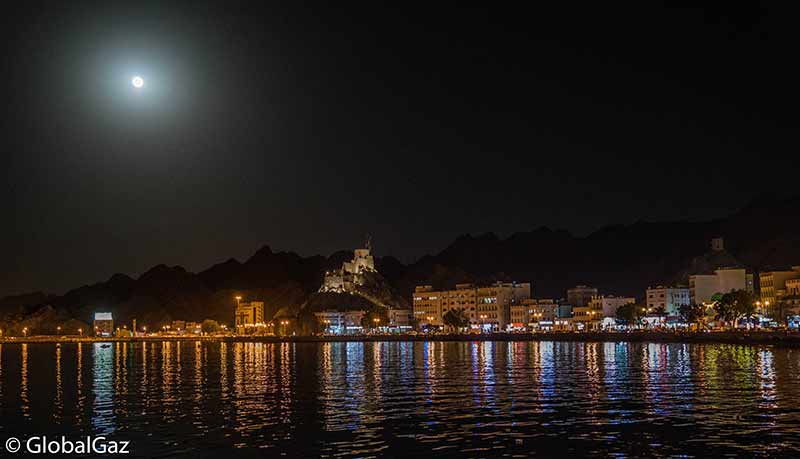


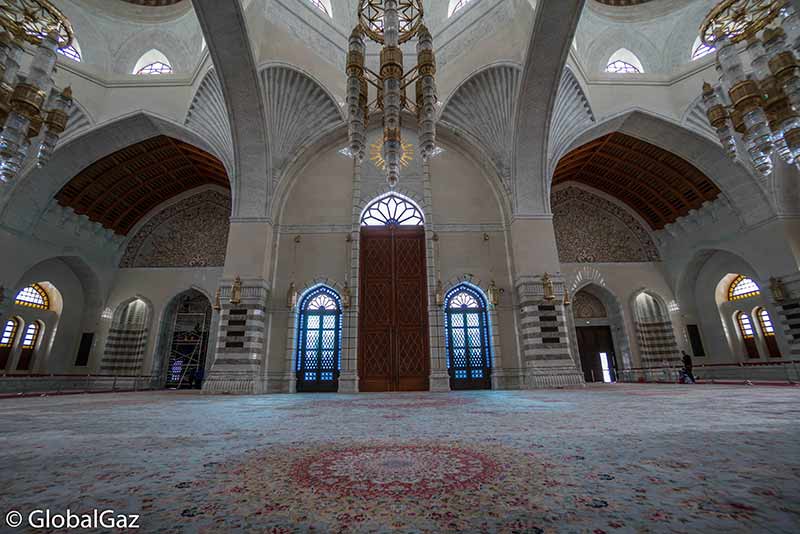
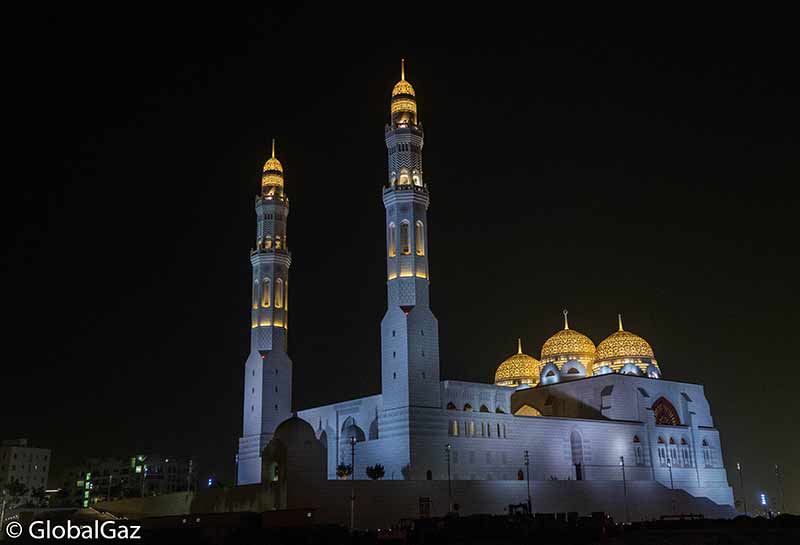
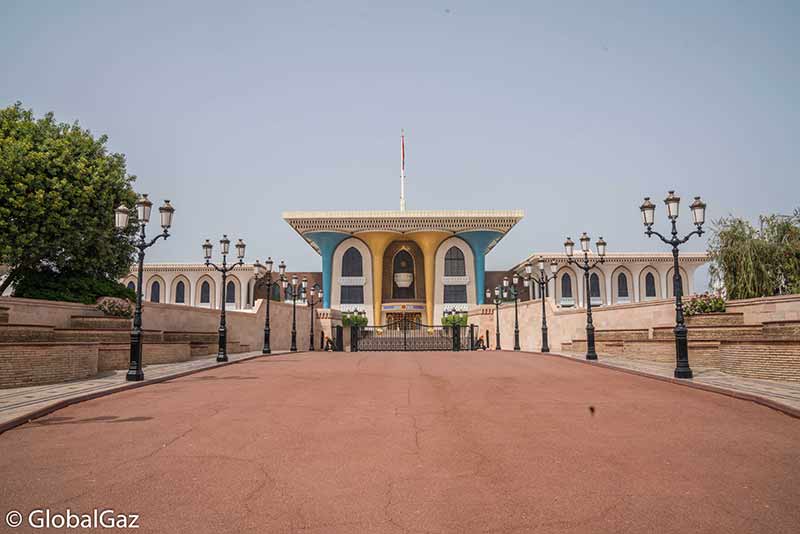
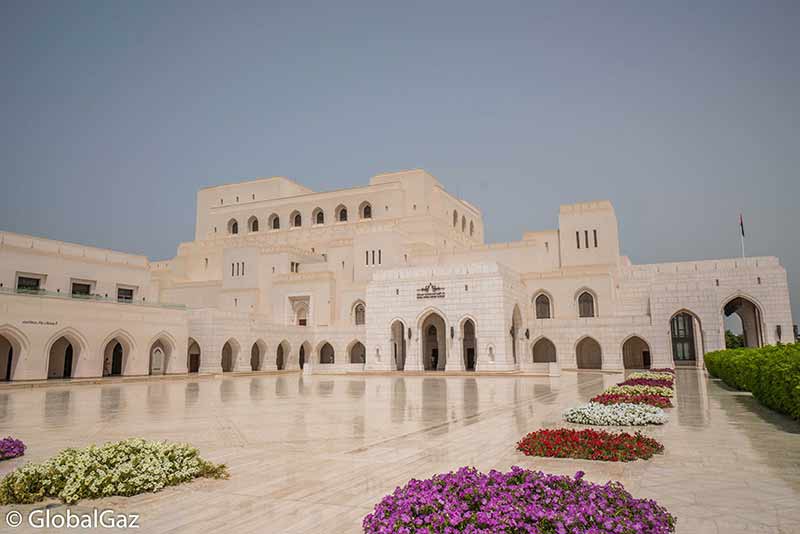

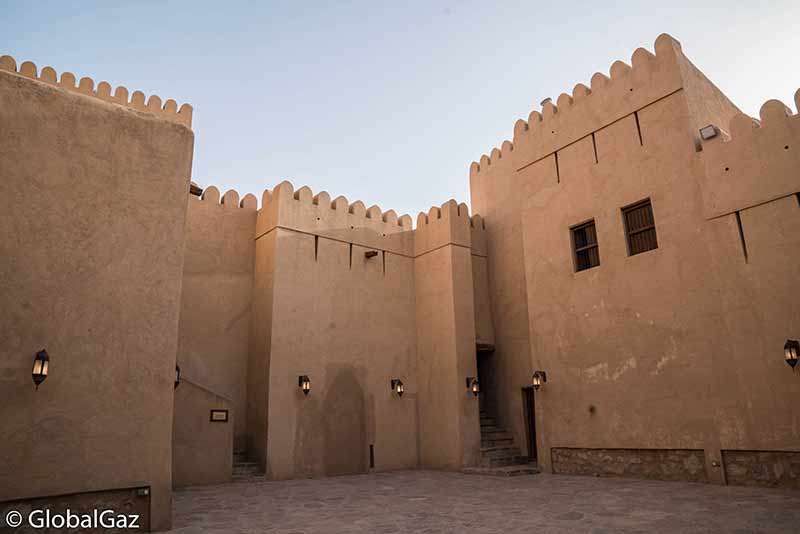


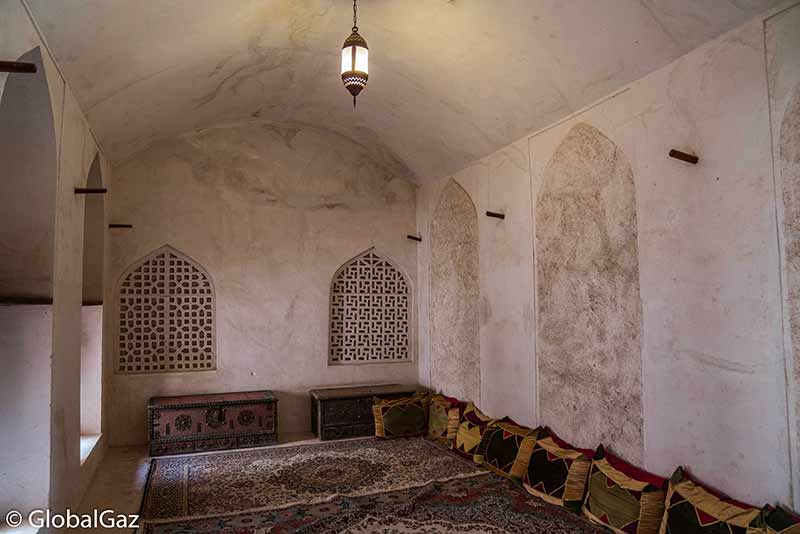
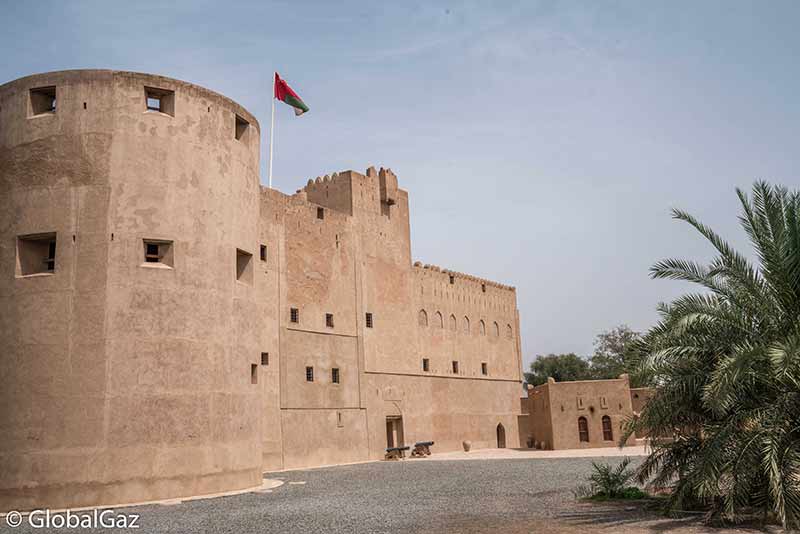
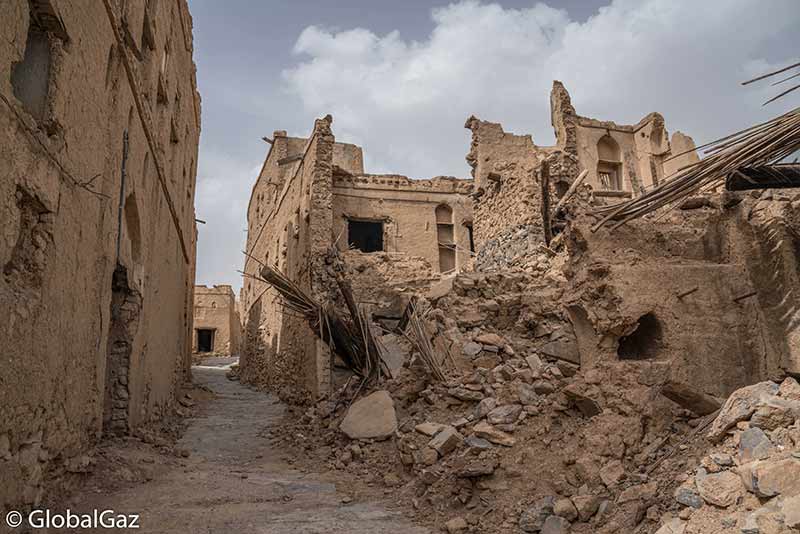
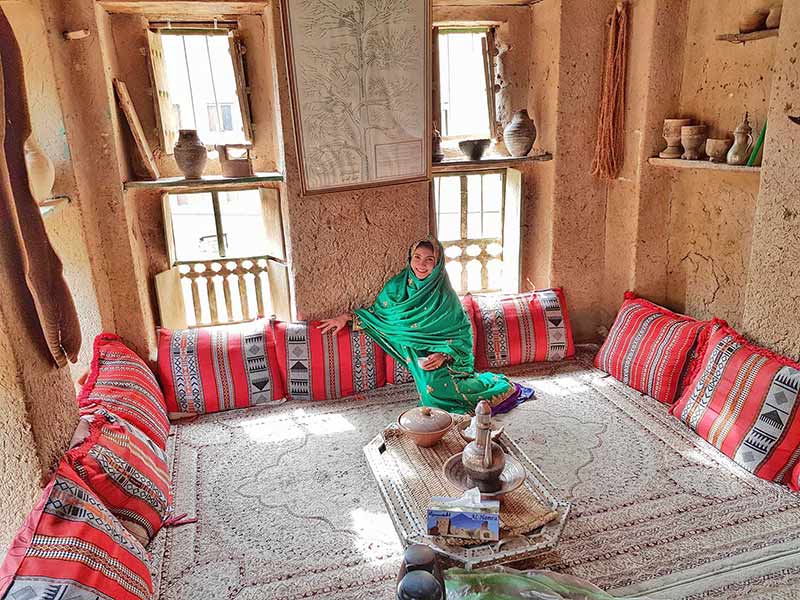

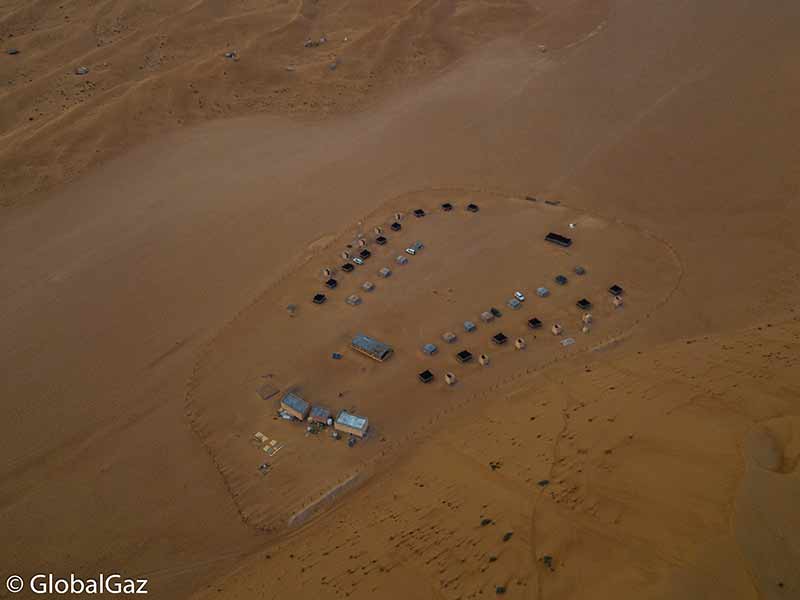

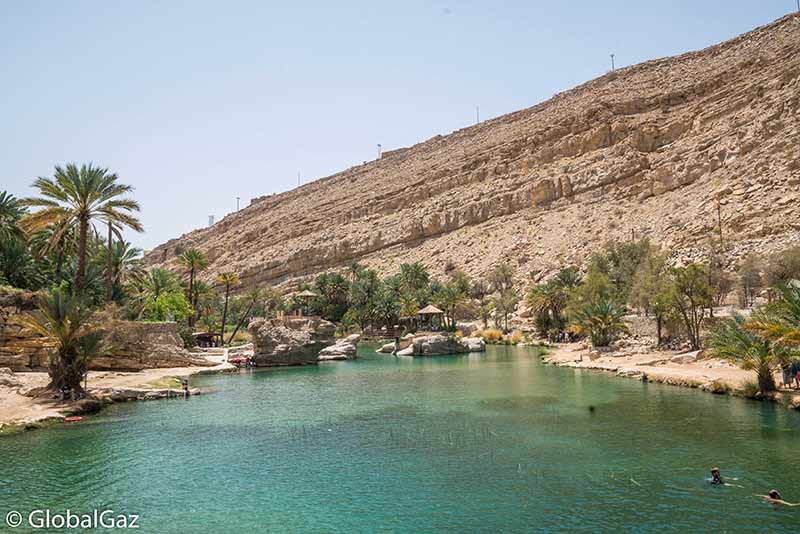
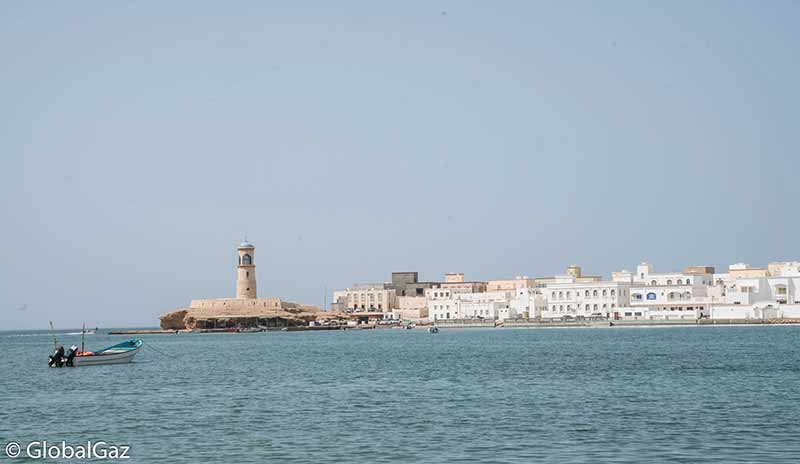

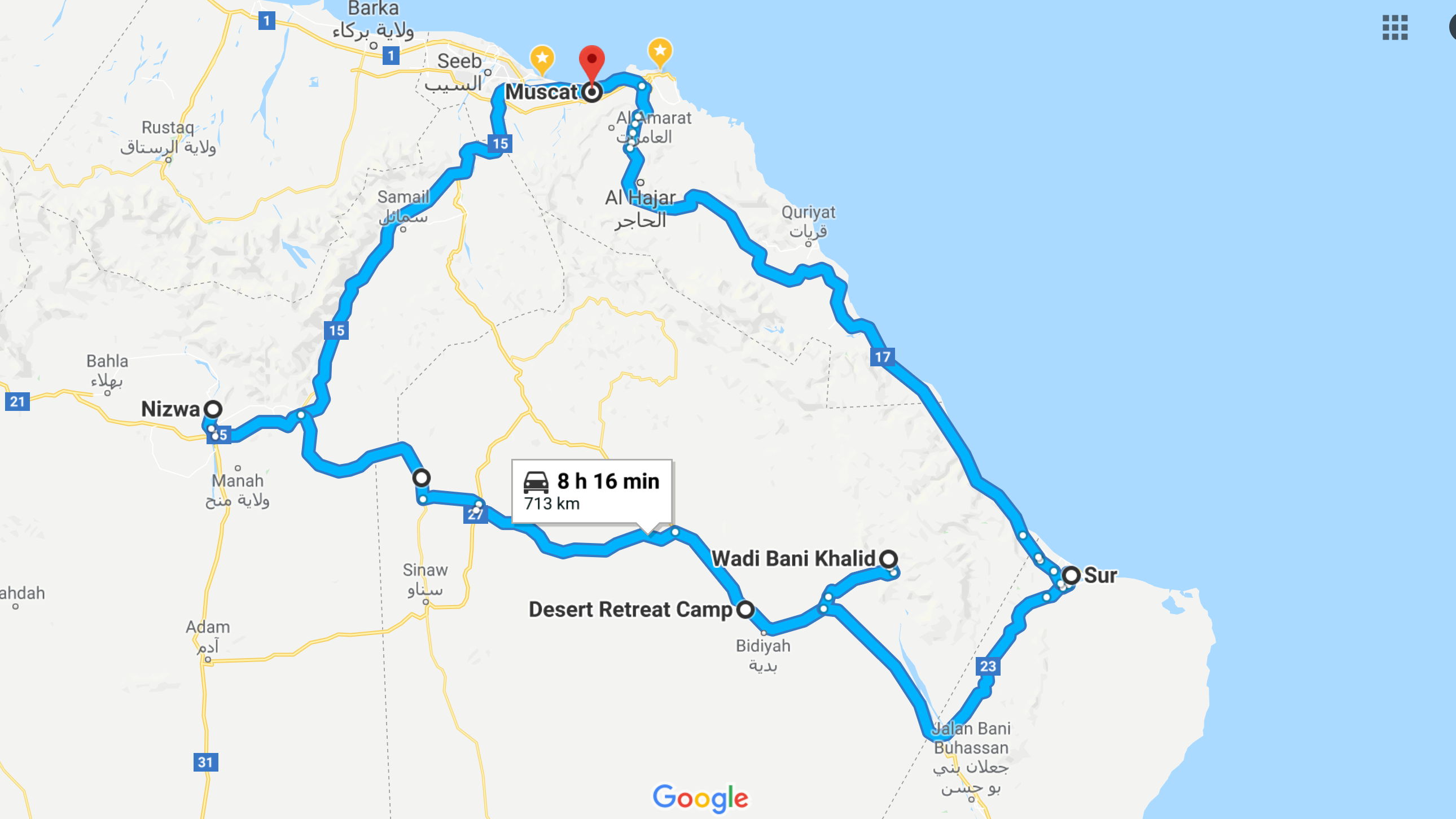

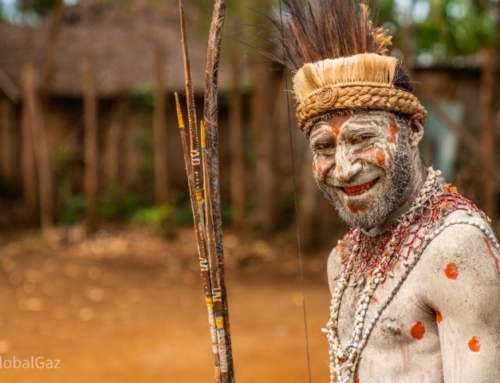
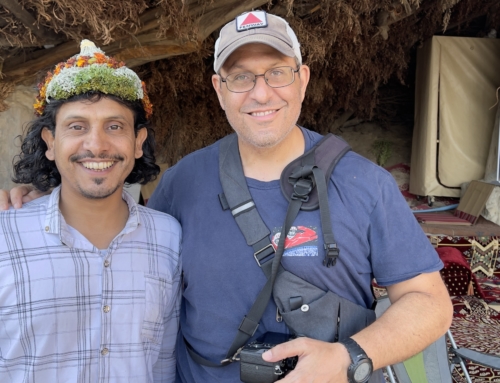
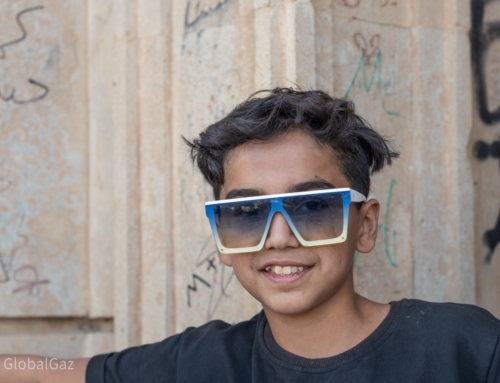

[…] A GlobalGaz guide: Seven Days in Oman. […]
Thanks for sharing seven days Oman tour experience with us. This is really a wonderful country, Oman was ranked as the most improved nation in the world over the preceding 40 years.
Really? Tourism only makes up about 2% of Oman’s GDP? For some reason I thought it was higher than that, like 8 – 10%. Really interesting to know how little tourism Oman actually receives given its vast beauty and history that it offers visitors.
a lot of upside for them 🙂 Have you been?
[…] Oman. I returned to Oman, but this time was able to leave Muscat, rent a car, and have an awesome road trip for the week. […]